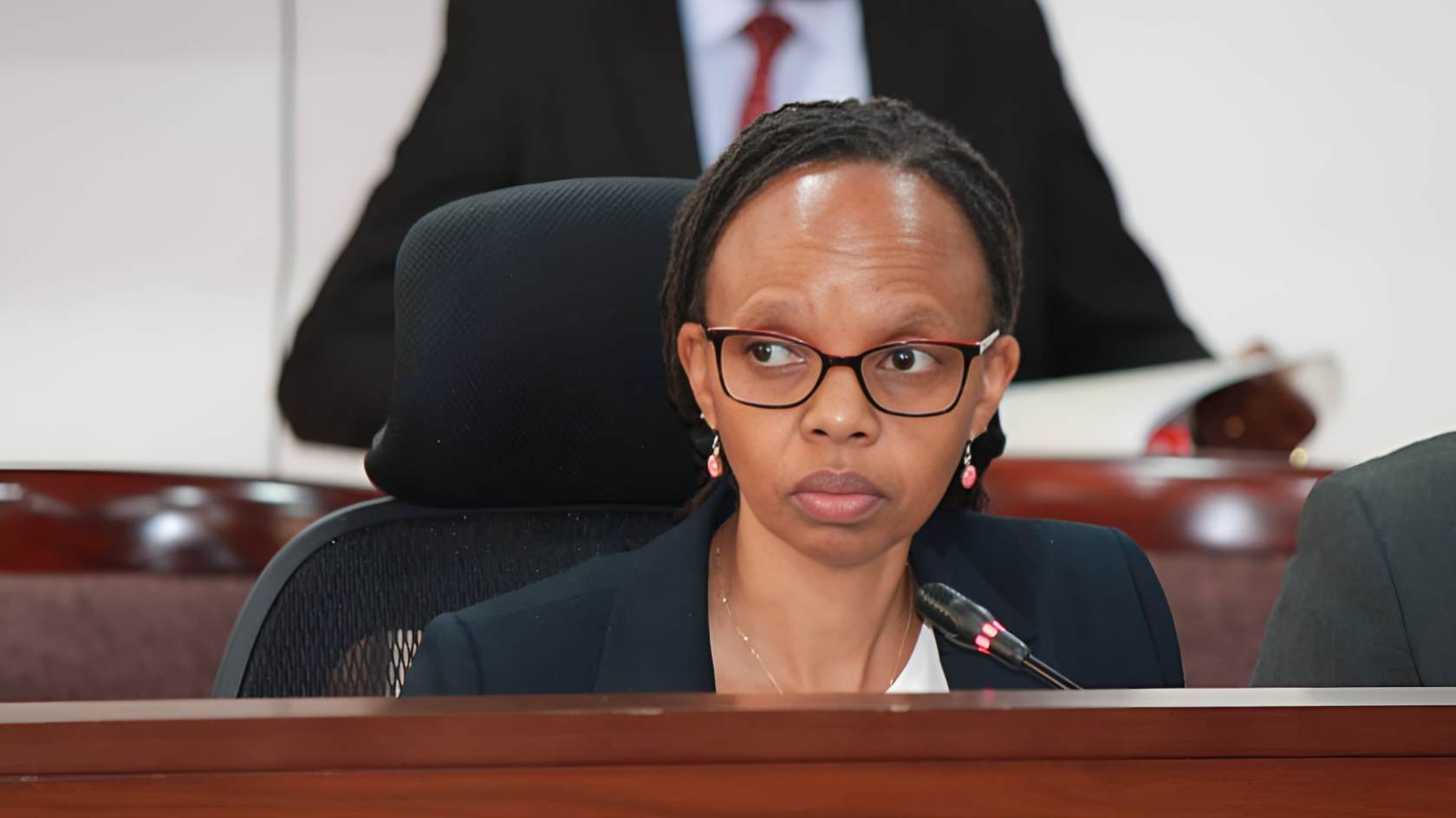Kenya is grappling with a troubling issue: over 700,000 students who sat the 2024 Kenya Certificate of Secondary Education (KCSE) exams and scored between grades C plain and E have not been accounted for.
The students, who were eligible for diploma, certificate, and artisan courses, are missing from the official records of the Kenya Universities and Colleges Central Placement Service (KUCCPS), causing alarm about the future of this large group.
Of the 961,144 candidates who sat for the exams, only 246,165 students, who achieved a C+ or higher, have been successfully placed into degree programs, leaving a significant gap in the educational pathways available for the rest.
Dr. Agnes Wahome, the CEO of KUCCPS, expressed concern at the Senate Education Committee in Mombasa, revealing that the remaining 711,389 students, who could pursue vocational training or other educational routes, have not been traced.
"This raises a number of concerns because we have not been able to really track them," she said, highlighting the challenges of keeping track of students who do not qualify for university degrees but are still eligible for other forms of education.
The gap in placement data poses a serious challenge to Kenya’s ability to transition students smoothly from secondary school into further studies or employment.
In addition to the missing students, the placement figures reveal an underlying issue with the system.
While 246,165 students were placed in degree courses, around 25,000 students who qualified for university degrees chose to pursue alternative education paths, opting for programs in TVET institutions and teacher training colleges.
However, Wahome also pointed out that 3,590 students were marked as "U" (Ungraded) because they chose to retake exams in specific subjects, mainly Biology and Chemistry, required for medical school entry.
This too reflects the lack of a comprehensive mechanism to track and support students who need to retake subjects for specific career goals.
Despite the challenges, KUCCPS has managed to place over 338,955 students in the 2025/2026 academic cycle, including 182,241 in degree programs, 105,757 in technical training, and others in specialized fields such as law and medicine.
However, the continuing issues with tracking the remaining school leavers suggest systemic weaknesses in how Kenya transitions its youth from school to higher education or vocational training.
The growing problem comes at a time when there is increasing pressure on the government to expand opportunities in technical and vocational education and training (TVET) as a viable alternative to university education.
The lack of visibility for students entering private institutions or informal training centers underscores the need for improved monitoring systems.
Although the Kenya Education Management Information System (KEMIS) is being introduced to help address the problem, the current state of the education system still leaves many students without clear educational or career prospects.
